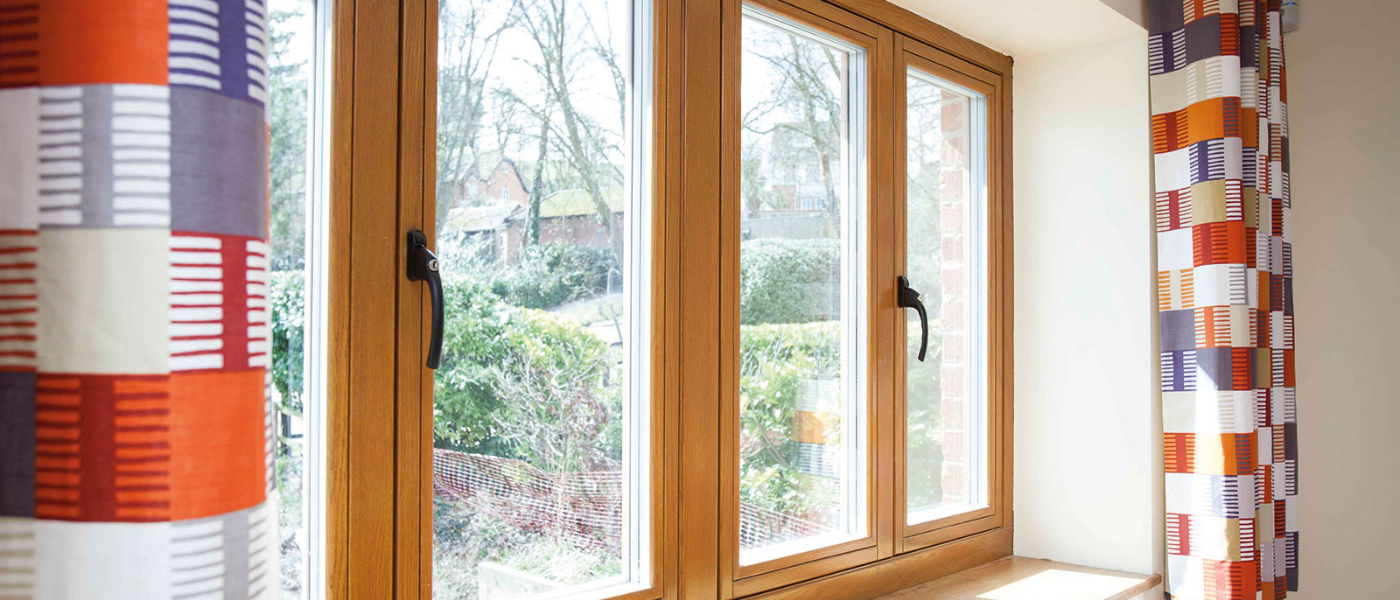Why Triple Glazing?

21 Degrees has been supplying triple glazing as standard on all its windows and doors since 2015. This blog explains why we advocate the use of triple glazing both in newbuild and retrofit projects.
An Essential Component of a Low Energy Home
As homes get more and more efficient the performance of individual components makes more of a difference. Low energy homes should be considered as ‘whole house’ systems, with all the individual components working together to improve the overall energy efficiency and just as importantly, the comfort of the buildings.
In terms of pure heat loss, windows and doors are very much a potential weak spot in the building fabric. So, building to the highest levels of energy efficiency we could expect the U value (thermal transmission) of the walls to be typically around 0.1 W/m2K whereas the very highest performing triple glazed windows are likely to be in the range of 0.65 – 0.8 W/m2K. This means that heat loss through windows will be at least six times worse than through walls. However, the picture becomes more complicated because windows also allow in free heat from the sun and it is the ‘energy balance’ of heat loss set against useful free heat from the sun when we want it that is critical to getting the best performance out of windows.
Modelling work undertaken by the Passivhaus Institute in Germany has shown that in our climate when we improve the energy efficiency of the building, triple glazed windows give us the best overall energy balance and are therefore the most efficient option. The energy balance of double glazing will be worse in most parts of the UK, so will undoubtedly undermine our efforts to achieve a truly effective low energy building.
Of course, we also need to consider air leakage. We have all experienced how cold and uncomfortable leaky old, or even new, windows and doors can be. So our triple glazed windows also need to have high levels of airtightness* to be really effective.
*We should be looking for windows certified to have achieved Class 4 airtightness to BS EN 12207
The Physics of Comfort
Although low energy homes save energy and of course reduce carbon dioxide emissions, for many people the real gain is in health and comfort. We can save money, save energy, do the right thing for the environment and be healthier and more comfortable. A house where there are no cold spots will mean that we are healthier and more comfortable because there should be no condensation or mould growth and no sense of cold radiating from any surface. Human beings are particularly sensitive to this ‘cold radiance’ which affects our feeling of comfort and wellbeing.
With windows being the weak point in our building fabric they are of course also the largest cold surface in many buildings and the most significant area of cold radiance. We will all have experienced this ‘cold radiance’ from single and double glazed windows and that all-too-common sensation of cold spots and draughts near windows. This phenomenon explains the frequent location of radiators underneath windows to counter this effect. Understanding comfort in buildings is a surprisingly complex subject and it is not just about cold radiance. Cold surfaces also lead to down draughts so that even if our windows are airtight we might still experience draughts at floor level from cold air dropping down the face of the window. Cold draughts around our feet and legs also of course make us uncomfortable and the taller the glass surface the worse it will be. So the large areas of glazing favoured by many building designers can potentially lead to increased discomfort.
So, how do we know what standards we need to achieve to eliminate these problems? The Passivhaus Institute in Germany has brought together all of the research in this area and shown that we will generally be comfortable in a building if there is a difference between our ambient temperature and any surface of no more than about 4 degrees Kelvin (or Centigrade). As we are generally comfortable at a temperature in the low 20s then we are looking for an inner temperature of around 17C or better even when it is very cold outside. We won’t achieve this with double glazing unless we warm the inner surface by inefficiently placing a radiator underneath it. We will achieve this with good triple glazing.
Triple glazed windows and doors are an essential component of good low energy homes and buildings such as those built to the Passivhaus standard. As we have seen, they are good for the efficiency of the building giving us the optimum energy balance. However, for many of us, the greatest value will come from the increase in comfort which triple glazing brings.







